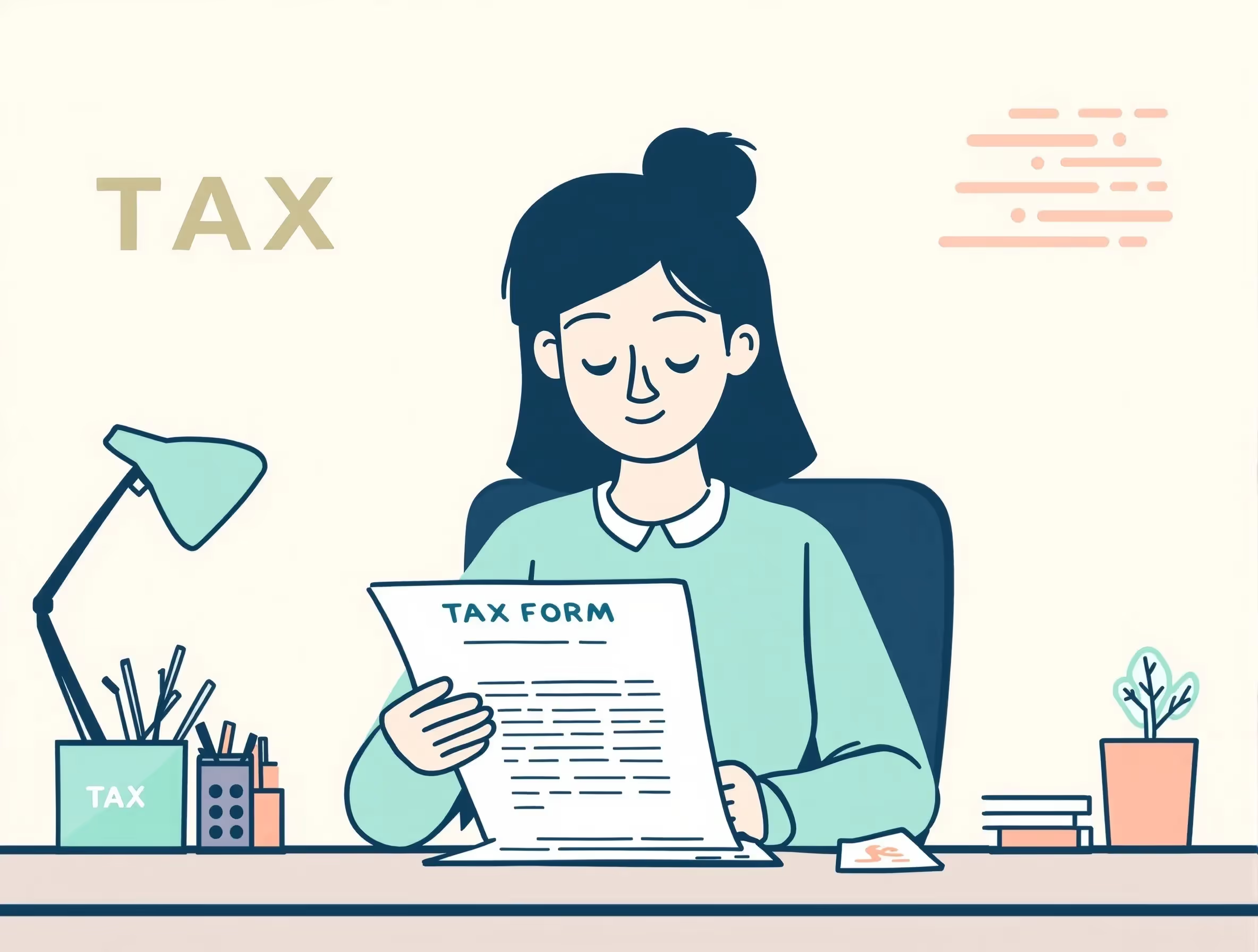
What is Form 5695 for?
IRS Form 5695 (2018) allows property owners to claim residential energy credits for qualified energy efficiency improvements. This tax form helps reduce your tax bill by providing credits for eligible renewable energy and energy-saving improvements, including solar panels, geothermal heat pumps, fuel cell property, and other energy-efficient home upgrades made to your principal residence or new or existing homes in the United States.
When You’d Use Form 5695
Homeowners should use Form 5695 if they made qualified improvements or installed renewable energy systems during the 2018 tax year. Taxpayers who missed the initial filing deadline can still submit an amended tax return to claim the residential clean energy credit or nonbusiness energy property credit. The credit applies to eligible improvements on your primary residence, cooperative apartment, or other owner-occupied property.
Key Rules or Details for 2018
- Main Residence Requirement: The residential energy credit applies to your principal residence where qualified energy efficiency improvements were made and where you primarily reside.
- Eligible Improvements: Qualified expenses include energy-efficient home improvements, such as solar panels, geothermal heat pumps, solar water heaters, biomass stoves, and air-sealing materials.
- Credit Limits: The total combined credit limit equals 30% of qualified energy property costs for renewable energy systems and up to $500 for non-business energy property credit.
- Labor and Installation Costs: Installation costs for solar systems, geothermal heat, or fuel cells are included in the calculation of residential energy property costs when determining the total credit amount.
- Financial Incentives and Subsidies: Any financial incentives or rebates from the Energy Star program, state agencies, or utilities must reduce your total qualified expenses before claiming the credit.
- Carry-Forward Provision: If your credit exceeds your tax liability, the unused portion can be carried forward to future tax years until the excess credit is used.
Step-by-Step (High Level)
Step 1: Gather Documentation
Collect receipts, invoices, and certifications proving installation costs and qualified improvements. Include home energy audit reports and proof of compliance with the Energy Star program standards.
Step 2: Identify Eligible Energy Property
Determine whether your upgrades qualify as residential clean energy or energy-efficient property credit items, such as solar panels, heat pumps, or natural gas hot water boilers.
Step 3: Complete Part I (Residential Clean Energy)
List qualified renewable energy improvements, including solar systems, geothermal heat pumps, or fuel cells. The credit, equal to 30% of qualified expenses, can carry forward to future years if unused.
Step 4: Complete Part II (Nonbusiness Energy Property Credit)
Enter qualified energy efficiency improvements, such as energy-efficient exterior doors, central air conditioners, oil furnaces, or natural gas heat pumps. Apply the combined credit limit correctly.
Step 5: File with Your Tax Return
Attach the completed Form 5695 residential energy credits to your federal tax return and include any required supporting schedules or amended filings through the IRS website.
Common Mistakes and How to Avoid Them
- Claiming Ineligible Improvements: Certain items, such as decorative solar lighting, do not qualify for tax benefits. Verify that all improvements meet Energy Star or IRS energy efficiency requirements before filing.
- Forgetting Prior Credits: Failing to account for previously claimed annual credit amounts may result in exceeding your credit limit. Review past returns and apply only unused credit amounts to avoid excess credit issues.
- Ignoring Subsidies or Rebates: Failing to subtract rebates can result in overclaimed credits. Deduct any financial incentives received from your total qualified energy property cost before calculating your tax credit.
- Including Non-Qualifying Labor Costs: Including unrelated labor charges inflates your claim. Only count installation costs directly tied to qualified property, such as solar panels or a geothermal system, that are specifically designated for use on the property.
- Missing Carry-Forward Credits: Many taxpayers overlook carry-forward opportunities. Record any unused portion of your residential clean energy credit for application toward future tax years.
What Happens After You File
Once you file IRS Form 5695 with your tax return, the IRS reviews your qualified improvements and energy property details. Refunds for approved tax credits usually follow standard timelines. Keep proof of your home energy audits, including receipts and documentation, for a minimum of three years. You may also apply unused credits toward future years for continued cost savings on your tax bill.
FAQs
Who can claim the residential energy credit on Form 5695 (2018)?
Any property owner who has installed energy-efficient home improvements or renewable energy systems in their principal residence can claim the residential energy credit for 2018.
What energy-efficient home improvement qualifies for the 2018 credit?
Eligible improvements include solar panels, solar water heaters, biomass stoves, geothermal heat pumps, and other energy-efficient properties that meet the Energy Star program standards.
Does the efficient home improvement credit apply to fuel cell property?
Yes, fuel cell property qualifies under the residential clean energy credit, but the credit limit is capped based on system capacity and total combined credit limit rules.
Can I claim energy efficiency credits for future tax years?
If your credit exceeds your tax liability, the unused portion may carry forward to future tax years until the remaining credit amount is fully applied.
Is there a credit for Energy Star appliances under Form 5695 (2018)?
No, while Energy Star certification helps identify efficient appliances, only qualifying energy-efficient home improvements listed by the IRS count for this tax credit.
How do I report qualified energy property costs on my tax return to the IRS?
Enter qualified expenses for eligible improvements on your IRS Form 5695 residential energy credits, then attach it to your completed federal tax return for the applicable tax year.
Can other property owners in a cooperative apartment claim the credit?
Yes, a cooperative apartment property owner may claim their share of qualified improvements, provided the cooperative has installed eligible energy-efficient property and meets the IRS documentation requirements.







